The bio-energetic theory of carcinogenesis.
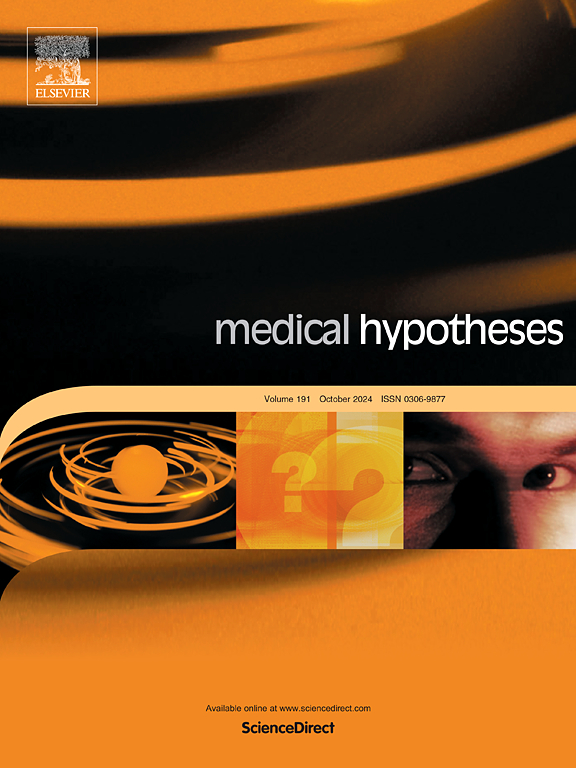
10/1/2012 Med Hypotheses. 2012 Oct;79(4):433-9. Gonzalez MJ, Miranda Massari JR, Duconge J, Riordan NH, Ichim T, Quintero-Del-Rio AI, Ortiz N. The altered energy metabolism of tumor cells provides a viable target for a non toxic chemotherapeutic approach. An increased glucose consumption rate has been observed in malignant cells. Warburg (Nobel Laureate in medicine) postulated that…
Schedule Dependence in Cancer Therapy: Intravenous Vitamin C and the Systemic Saturation Hypothesis.
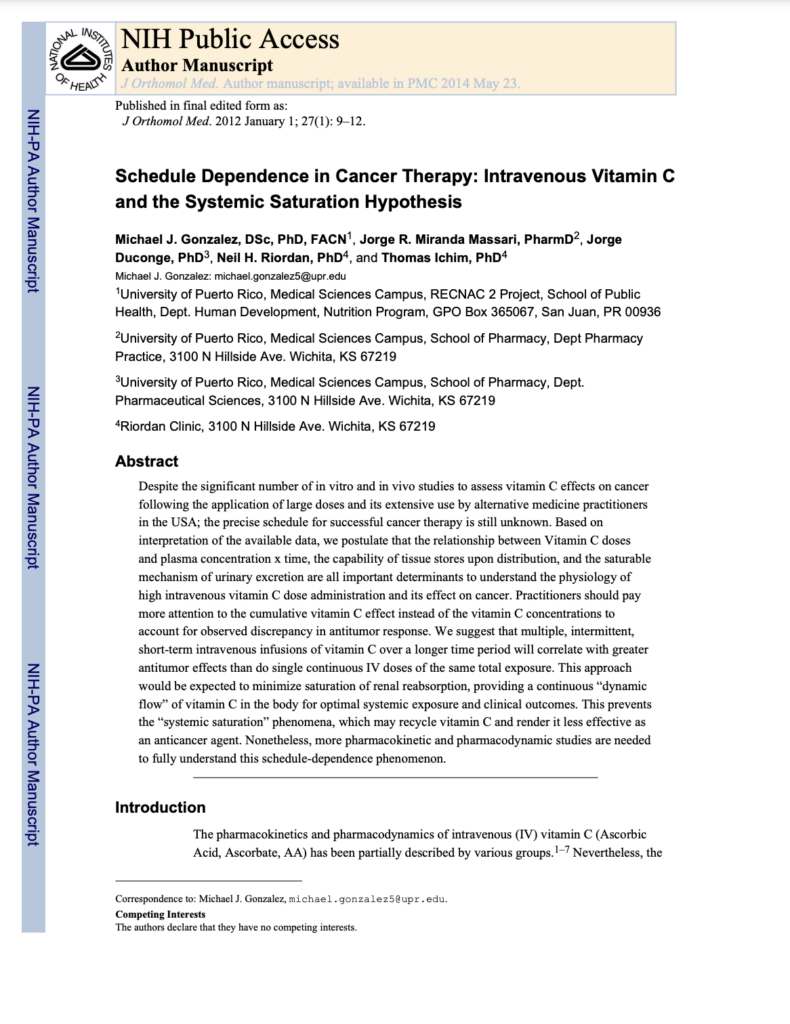
1/1/2012 J Orthomol Med. 2012 Jan 1; 27(1): 9–12 Gonzalez MJ, Miranda Massari JR, Duconge J, Riordan NH, Ichim T. Despite the significant number of in vitro and in vivo studies to assess vitamin C effects on cancer following the application of large doses and its extensive use by alternative medicine practitioners in the USA;…
On the missing link between inflammation and cancer.
1/1/2011 Dermatol Online J. 2011 Jan 15;17(1):10 Alexandrescu DT, Riordan NH, Ichim TE, Kauffman CL, Kabigting F, Dutton CT, Dasanu CA. A various array of cutaneous granulomatous disorders have been found to be associated with internal malignancy. Among them, sarcoidosis, granuloma anulare (GA), psoriasis, pyoderma gangrenosum (PG), or other neutrophilic dermatoses such as the Sweet…
The lysosomotropic agent, hydroxychloroquine, delivered in a biodegradable nanoparticle system, overcomes drug resistance of B-chronic lymphocytic leukemia cells in vitro.
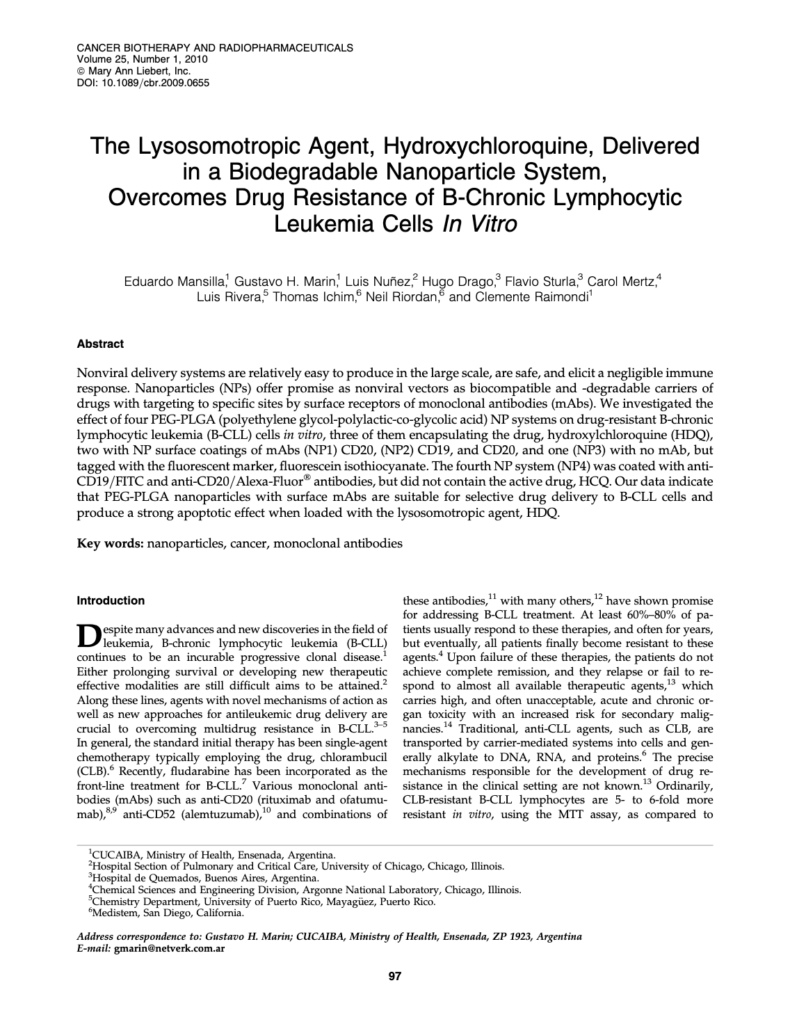
2/1/2010 Cancer Biother Radiopharm. 2010 Feb;25(1):97-103 Mansilla E, Marin GH, Nuñez L, Drago H, Sturla F, Mertz C, Rivera L, Ichim T, Riordan N, Raimondi C. Nonviral delivery systems are relatively easy to produce in the large scale, are safe, and elicit a negligible immune response. Nanoparticles (NPs) offer promise as nonviral vectors as biocompatible…
Granulocyte activity in patients with cancer and healthy subjects.
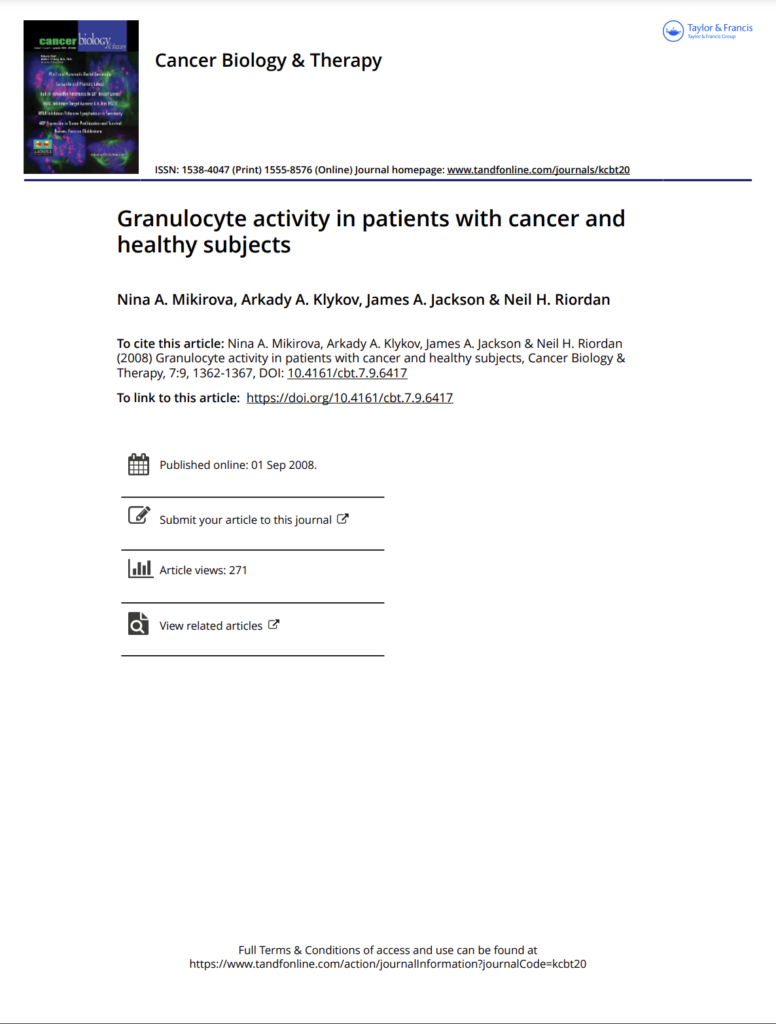
9/1/2008 Cancer Biol Ther. 2008 Sep;7(9):1362-7. Mikirova NA, Klykov AA, Jackson JA, Riordan NH. In our study, we investigated the intracellular killing ability of granulocytes for healthy and ill subjects by measuring NADH oxidase activity and release of hydrogen peroxide. The protocol methodology measured the hydrogen peroxide released after granulocytes activation by PMA (phorbol 12-myristate…
A pilot clinical study of continuous intravenous ascorbate in terminal cancer patients.
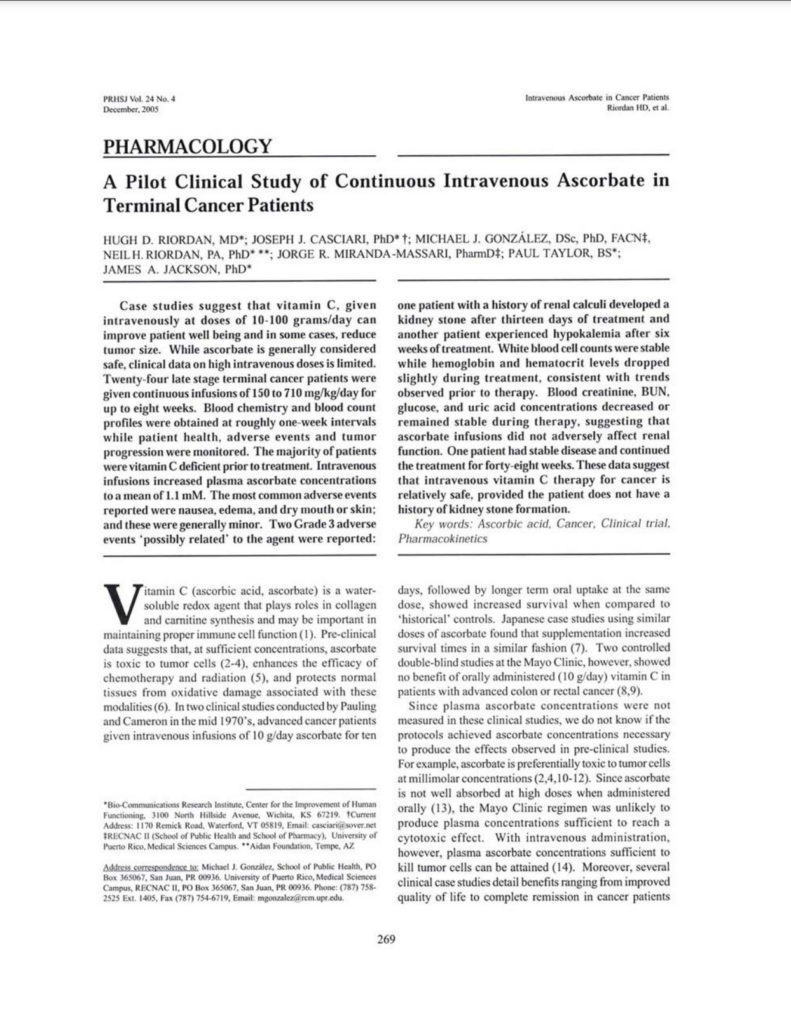
12/1/2005 P R Health Sci J. 2005 Dec;24(4):269-76 Riordan HD, Casciari JJ, González MJ, Riordan NH, Miranda-Massari JR, Taylor P, Jackson JA. Case studies suggest that vitamin C, given intravenously at doses of 10-100 grams/day can improve patient well being and in some cases, reduce tumor size. While ascorbate is generally considered safe, clinical data…
Orthomolecular oncology review: ascorbic acid and cancer 25 years later.
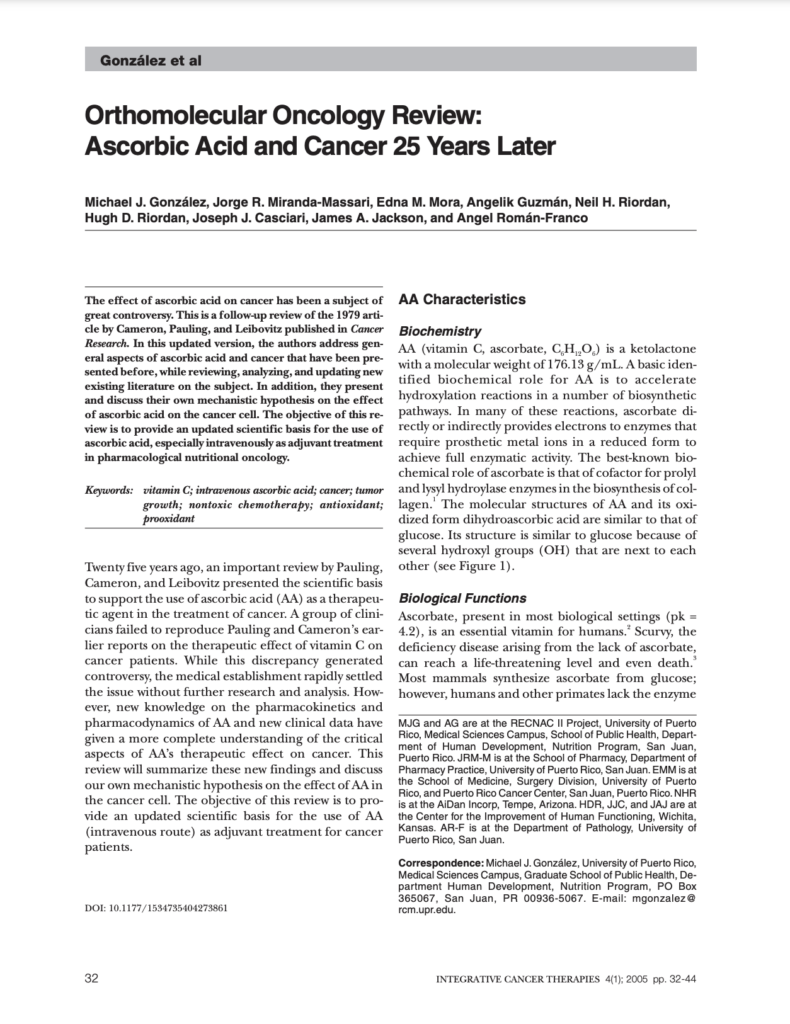
3/1/2005 Integr Cancer Ther. 2005 Mar;4(1):32-44 González MJ, Miranda-Massari JR, Mora EM, Guzmán A, Riordan NH, Riordan HD, Casciari JJ, Jackson JA, Román-Franco A. The effect of ascorbic acid on cancer has been a subject of great controversy. This is a follow-up review of the 1979 article by Cameron, Pauling, and Leibovitz published in Cancer…
Intravenous vitamin C as a chemotherapy agent: a report on clinical cases.
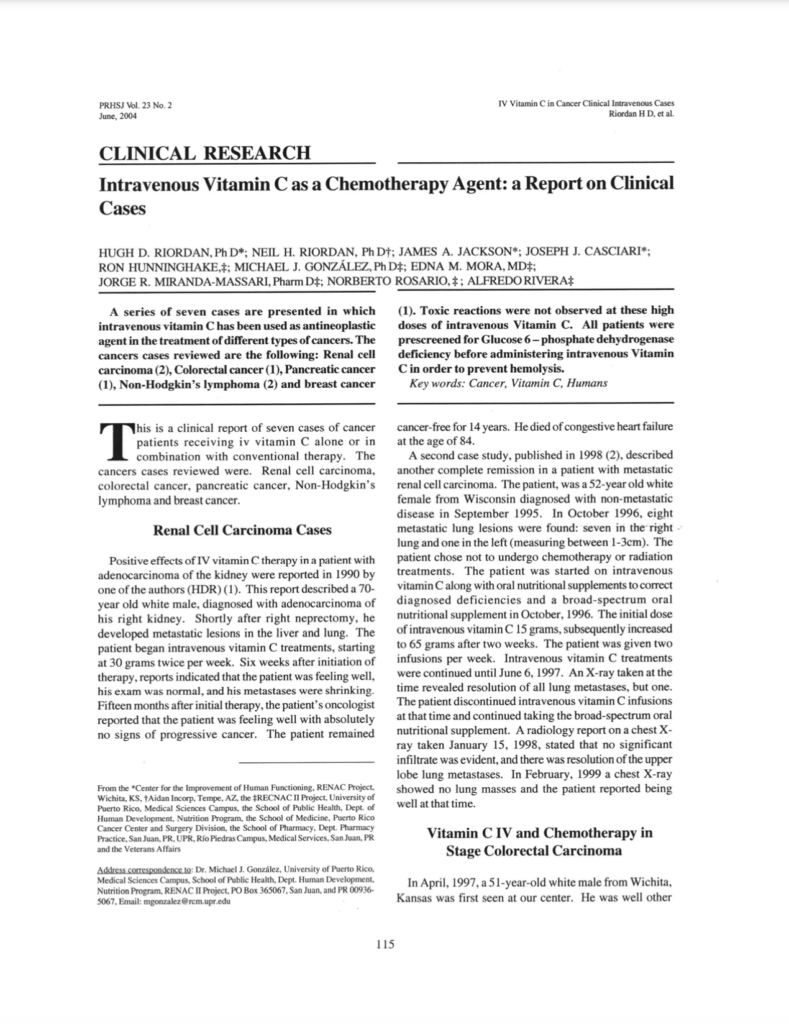
6/1/2004 P R Health Sci J. 2004 Jun;23(2):115-8 Riordan HD, Riordan NH, Jackson JA, Casciari JJ, Hunninghake R, González MJ, Mora EM, Miranda-Massari JR, Rosario N, Rivera A. A series of seven cases are presented in which intravenous vitamin C has been used as antineoplastic agent in the treatment of different types of cancers. The…
Intravenous ascorbic acid: protocol for its application and use.
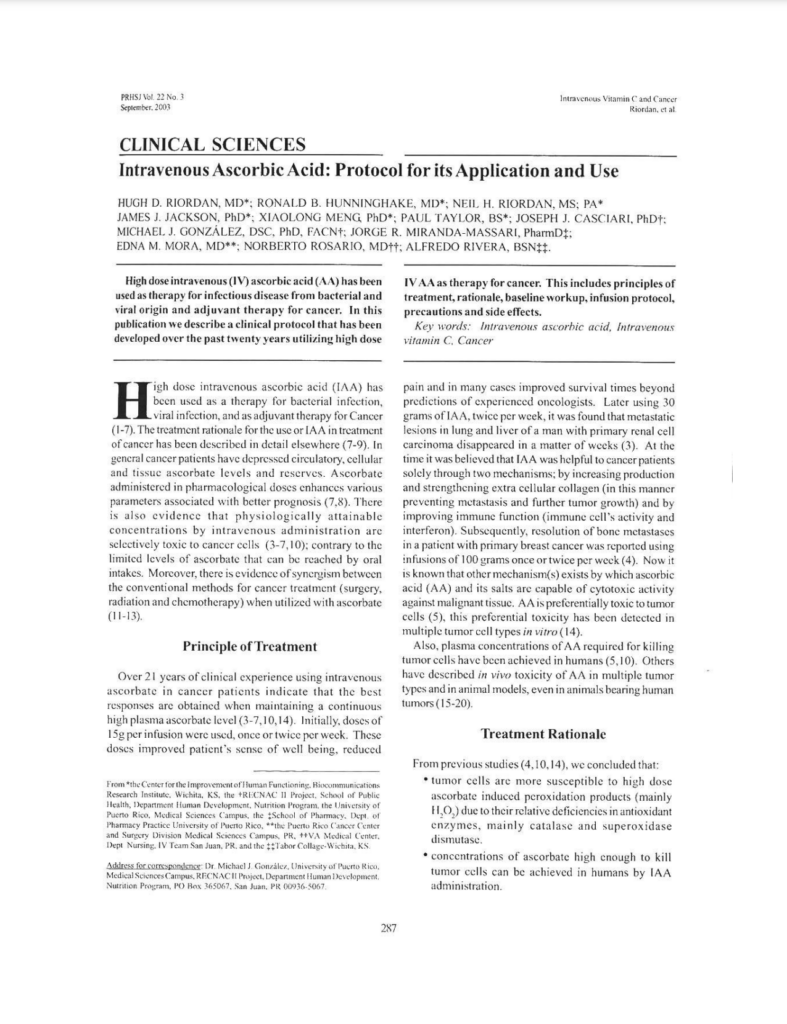
9/1/2003 P R Health Sci J. 2003 Sep;22(3):287-90 Riordan HD, Hunninghake RB, Riordan NH, Jackson JJ, Meng X, Taylor P, Casciari JJ, González MJ, Miranda-Massari JR, Mora EM, Rosario N, Rivera A. High dose intravenous(i.v.) ascorbic acid (AA) has been used as therapy for infectious disease from bacterial and viral origin and adjuvant therapy for…
Inhibition of human breast carcinoma cell proliferation by ascorbate and copper.
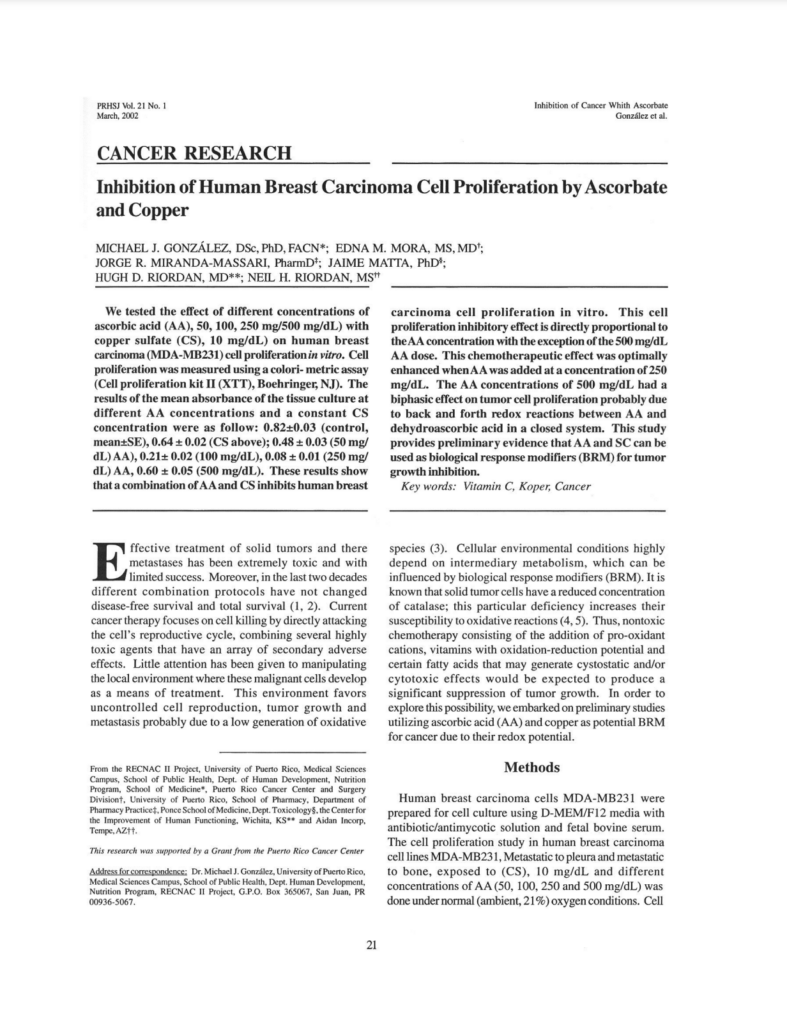
3/1/2002 P R Health Sci J. 2002 Mar;21(1):21-3 González MJ, Mora EM, Miranda-Massari JR, Matta J, Riordan HD, Riordan NH We tested the effect of different concentrations of ascorbic acid (AA), 50, 100, 250 mg/500 mg/dL) with copper sulfate (CS), 10 mg/dL) on human breast carcinoma (MDA-MB231) cell proliferation in vitro. Cell proliferation was measured…
Orthomolecular oncology: a mechanistic view of intravenous ascorbate’s chemotherapeutic activity.
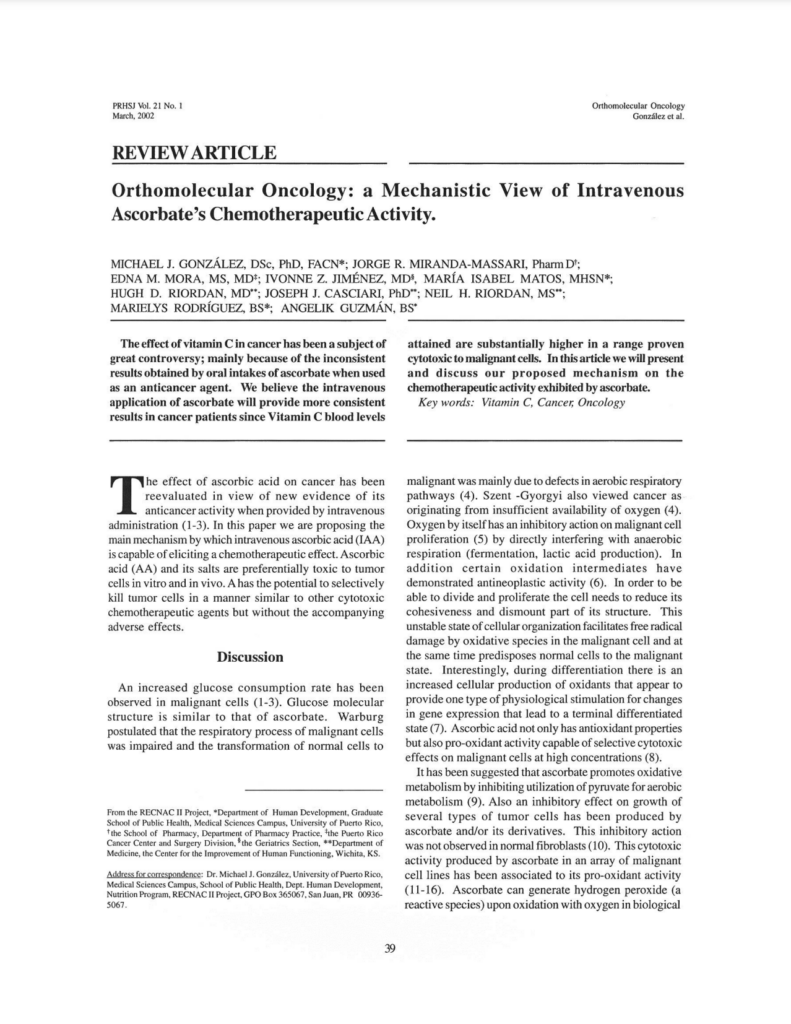
3/1/2002 P R Health Sci J. 2002 Mar;21(1):39-41 González MJ, Miranda-Massari JR, Mora EM, Jiménez IZ, Matos MI, Riordan HD, Casciari JJ, Riordan NH, Rodríguez M, Guzmán A. The effect of vitamin C in cancer has been a subject of great controversy; mainly because of the inconsistent results obtained by oral intakes of ascorbate when…
